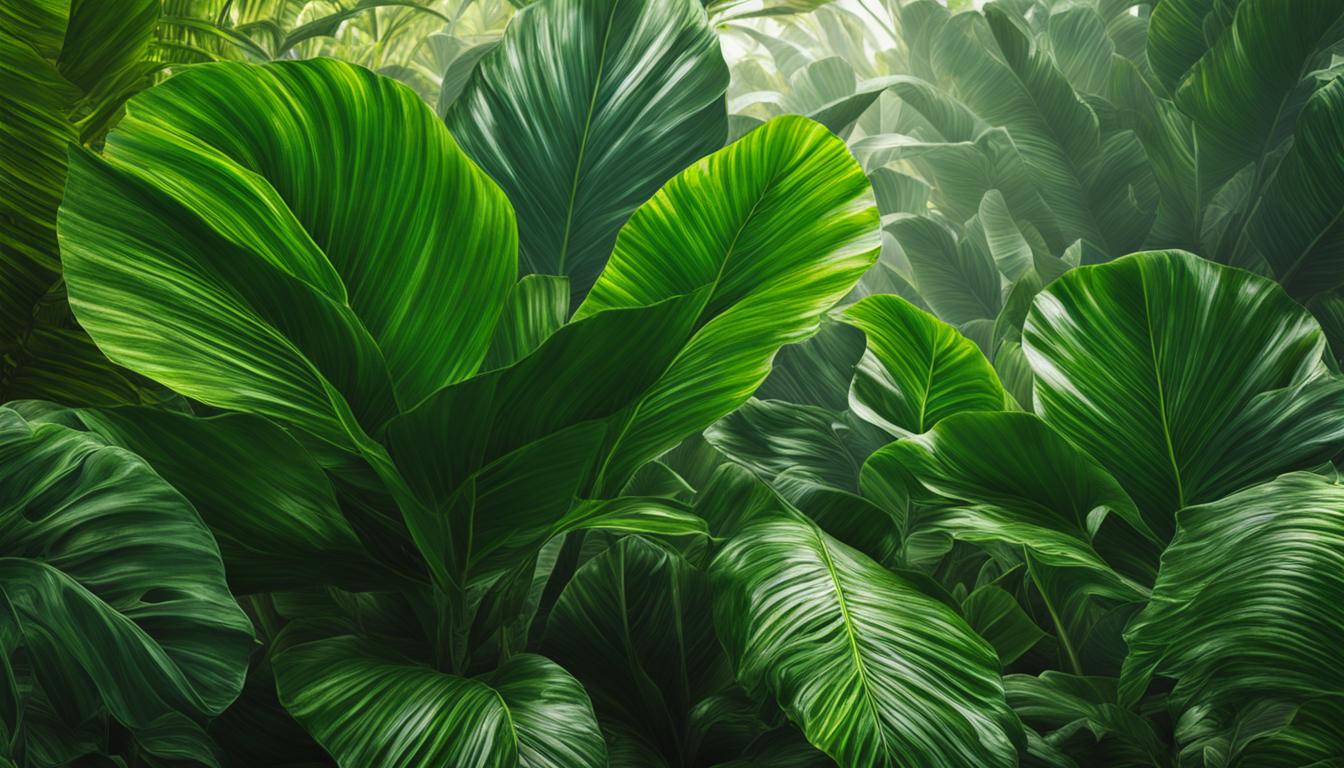
Hello, fellow plant enthusiasts! Today, I want to take you on a journey through the wonderful world of foliage plants. These green beauties are not only a visual delight but also a great addition to any indoor or outdoor space.
Whether you’re looking to spruce up your home, create a lush garden, or simply satisfy your curiosity about different types of foliage plants, you’ve come to the right place.
When it comes to foliage plants, there is a wide variety to choose from. From large foliage plants that make a bold statement to tropical foliage plants that bring a touch of exoticism to your space, the options are endless.
Foliage plants also thrive indoors, brightening up any room and purifying the air we breathe. Purple foliage plants, in particular, add a stunning pop of color and visual interest to your indoor oasis. So, let’s dive in and discover the fascinating world of foliage plants together!
Key Takeaways:
- Types of foliage plants offer a range of shapes, sizes, textures, and colors.
- Indoor foliage plants come from tropical or arid regions and require specific care.
- Proper lighting, temperature, humidity, soil, and watering are essential for the health of foliage plants.
- Foliage plants can add texture, color, and visual interest to both indoor and outdoor spaces.
- Purple foliage plants bring a vibrant and captivating element to any indoor oasis.
Add Texture and Color to Your Garden with Foliage Plants
Foliage plants offer a wide variety of shapes, sizes, textures, and colors, often surpassing the attractiveness of their flowers. They can be used outdoors to brighten dark areas or add visual interest to overlooked spaces.
Shrubs like bright yellow ligustrum and glossy-leaved distylium can be combined with burgundy loropetalum and evergreens like hollies for a vibrant garden bed. In shade gardens, plants like hosta, heuchera, and Solomon’s Seal can be planted for their bold leaf selections.
Variegated and textured foliage plants such as Japanese painted ferns and hellebores can also add color and interest to shade gardens.
Container plantings can be focused on foliage, with plants like hosta, cannas, coleus, and caladiums creating beautiful displays on patios and balconies. Philodendron, pothos, and English ivy are popular foliage plants for indoor decor, known for their versatility and adaptability.
Foliage Plants with Different Colors
| Color | Examples |
|---|---|
| Pink | Pink Polka Dot Plant, Pink Caladium |
| Red | Coleus Red Ruffles, Red Abyssinian Banana |
| Silver | Dusty Miller, Silver Ponyfoot |
| Black | Black Mondo Grass, Black Coral Elephant Ears |
| Blue | Blue Fescue Grass, Blue False Indigo |
By incorporating foliage plants with different colors, you can create eye-catching displays in your garden. Whether it’s the striking contrast of pink polka dot plants against green foliage or the bold pop of red coleus in a flower bed, these plants can truly elevate the visual appeal of any outdoor space.
Don’t limit yourself to traditional flower-centric gardens; embrace the beauty and diversity of foliage plants to add texture, depth, and color to your garden.
Vegetable Gardening – A Source of Food and Satisfaction
As an avid gardener, I have found vegetable gardening to be a truly rewarding experience. Not only does it provide me with a source of fresh and healthy produce, but it also gives me a deep sense of satisfaction to see the fruits of my labor flourish.
When it comes to vegetable gardening, the first step is selecting a suitable site. An area with ample sunlight, well-drained soil, and easy access to water is essential for the success of your plants.
Whether you have a spacious backyard or a small balcony, there are various gardening styles to choose from, such as container gardens, raised beds, or traditional rows, that can be tailored to fit your available space.
The choice of vegetables to grow is entirely up to you and should be based on your personal preferences and the available space. Cool-season crops like lettuce and broccoli are best planted in early spring or fall, while warm-season crops like tomatoes and peppers thrive in the summer.
Take into consideration factors like crop rotation and vertical gardening techniques to optimize your garden’s productivity.
With proper planning and care, your vegetable garden can provide you with a continuous supply of fresh, homegrown produce. Whether you’re new to gardening or have years of experience, the satisfaction of growing your own food is unparalleled. So roll up your sleeves, dig in the dirt, and enjoy the bountiful rewards of vegetable gardening!
After reading this, check out our other articles on:
FAQ
What are some important factors to consider when choosing foliage plants for indoor environments?
It is important to choose plants that can thrive in the specific indoor environment and have good quality, healthy leaves. Lighting, temperature, humidity, soil, and watering are all important factors to consider.
What lighting conditions do foliage plants require?
Different foliage plants require varying intensities and durations of light exposure. It is important to provide the appropriate amount of light for each specific plant.
What temperature range is suitable for most indoor foliage plants?
The temperature should be between 60 and 80 degrees Fahrenheit for most indoor foliage plants.
What humidity levels are ideal for indoor foliage plants?
Humidity levels should be higher than the average home. Foliage plants from tropical or arid regions appreciate higher humidity levels.
What type of soil is best for foliage plants?
Foliage plants thrive in well-draining soil that retains moisture but doesn’t become waterlogged. A mixture of potting soil, peat moss, and perlite is commonly used.
How often should foliage plants be watered?
The watering needs of foliage plants vary, but it is generally recommended to wait until the top inch of soil feels dry before watering. It’s important to avoid overwatering, as it can lead to root rot.
Can foliage plants be grown outdoors?
Yes, foliage plants can be used outdoors to brighten dark areas or add visual interest to overlooked spaces. There are various foliage plants that are suitable for outdoor gardens.
What are some examples of foliage plants that can be grown outdoors?
Examples of outdoor foliage plants include ligustrum, distylium, loropetalum, hollies, hosta, heuchera, Solomon’s Seal, Japanese painted ferns, hellebores, cannas, coleus, caladiums, and more.
What are some popular foliage plants for indoor decor?
Some popular foliage plants for indoor decor include philodendron, pothos, and English ivy. These plants are known for their versatility and adaptability.
Why is vegetable gardening becoming more popular?
Vegetable gardening is growing in popularity because it offers the satisfaction of planting and nurturing plants, as well as the joy of harvesting fresh produce.
What are the key factors for successful vegetable gardening?
The key factors for successful vegetable gardening include selecting a suitable site with ample sunlight, water, and well-drained soil. Proper planning, crop rotation, and care are also important.
What are some different styles of vegetable gardening?
Different styles of vegetable gardening include container gardens, raised beds, and traditional rows. Each style offers flexibility and optimization of available space.
Can vegetable gardens be grown in containers?
Yes, vegetable gardens can be grown in containers. This is a great option for those with limited space or for adding a touch of greenery to patios and balconies.
What vegetables should I choose for my garden?
The choice of vegetables depends on personal preferences and available space. Cool-season and warm-season crops have different planting times and requirements.
How can I optimize the organization of my vegetable garden?
Factors such as sunlight exposure, water accessibility, crop rotation, and vertical gardening techniques should be considered when organizing a vegetable garden to maximize its productivity.


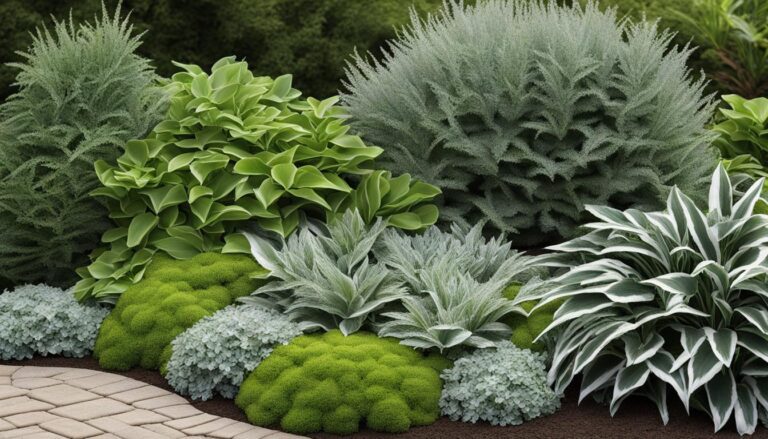
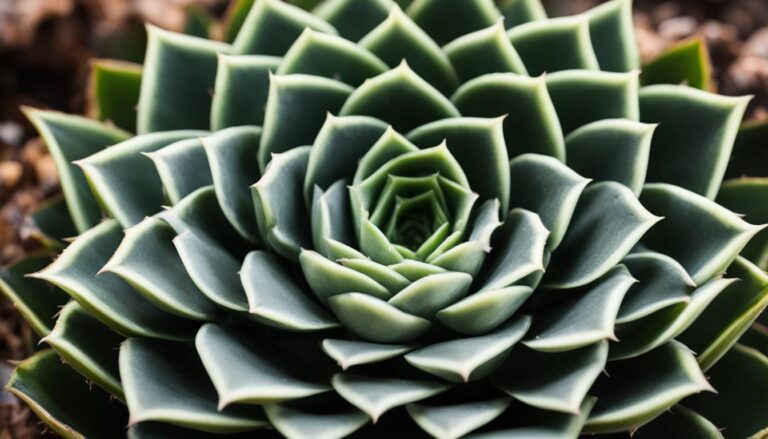
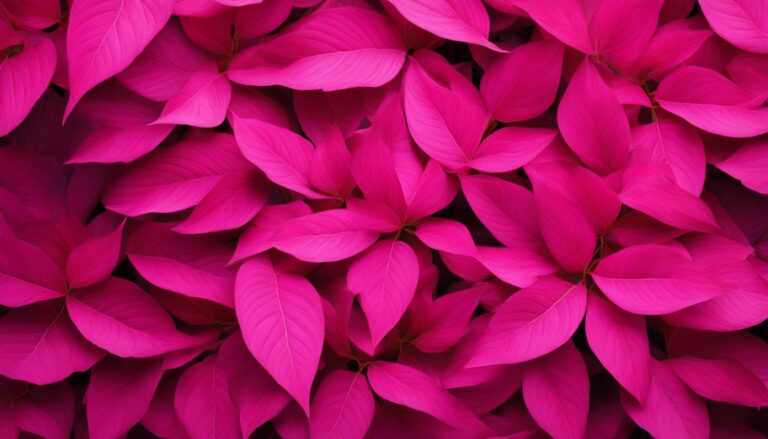
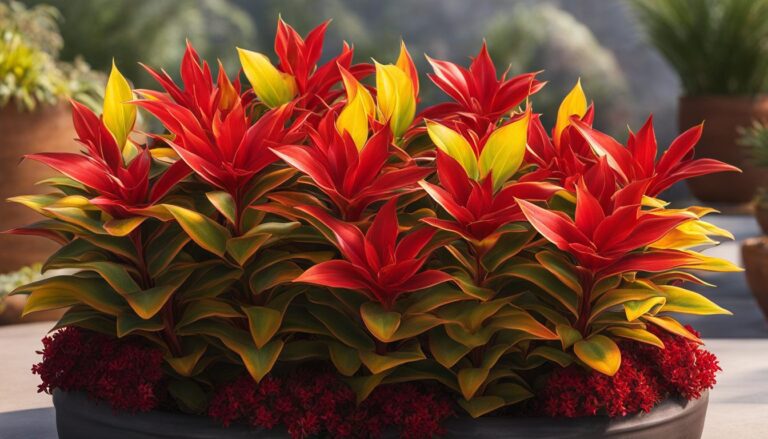
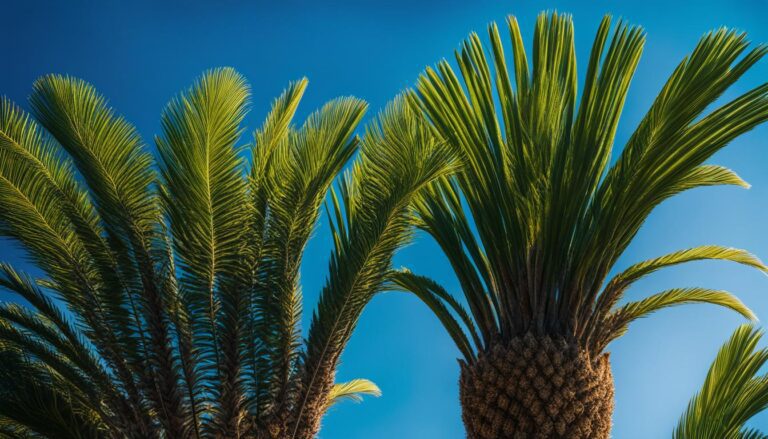
2 Comments
Comments are closed.